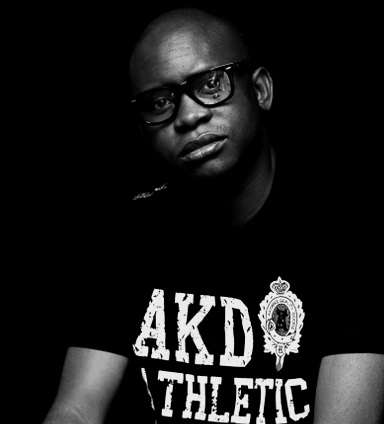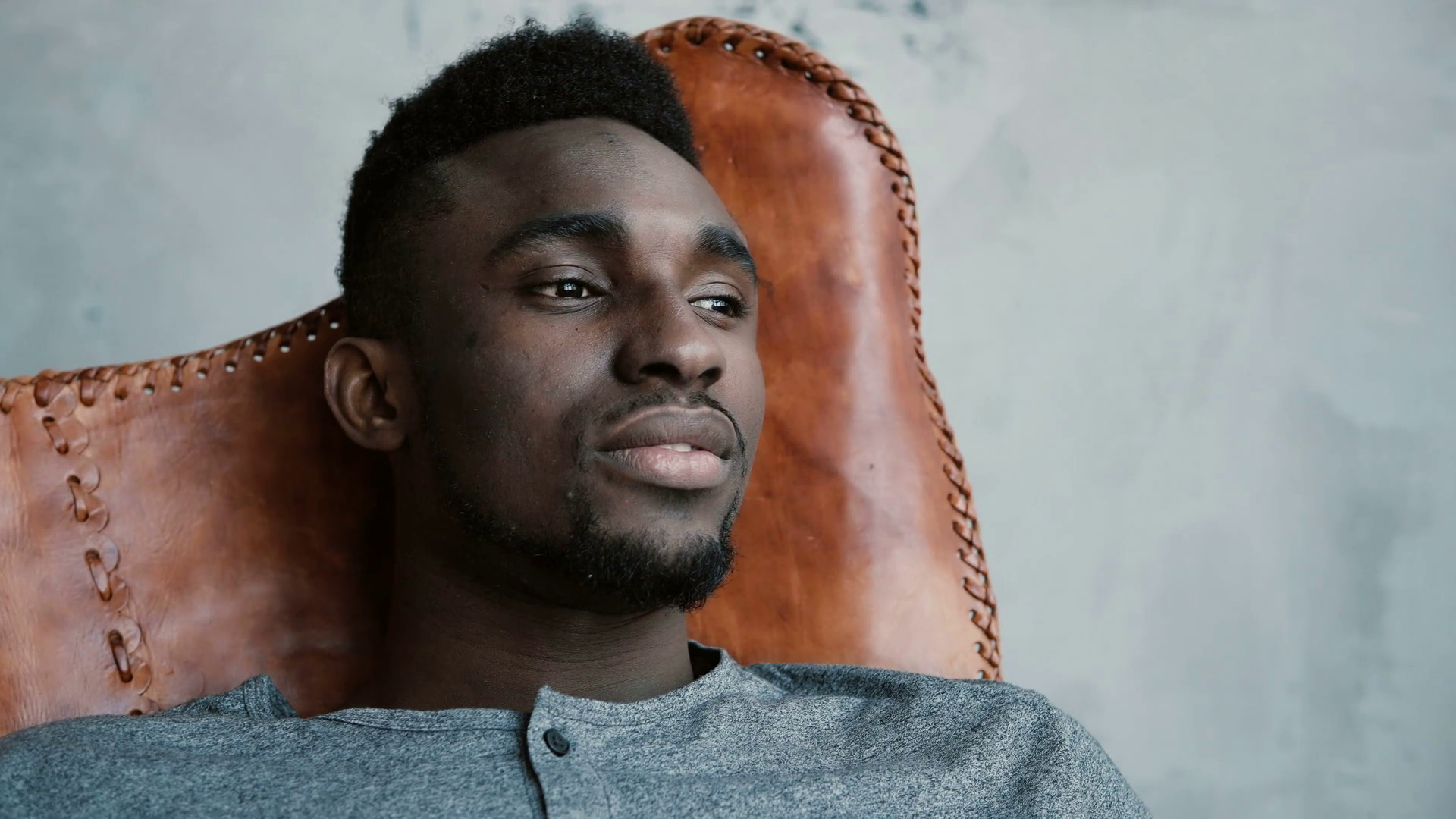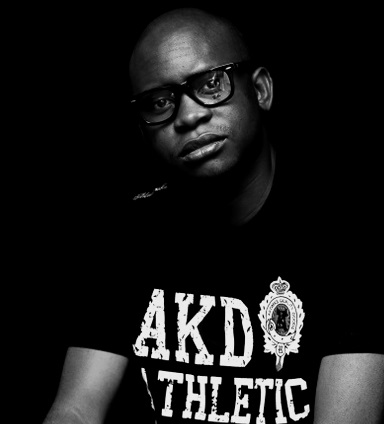For the first part of this series, please click here.
Last week I ended with saying that once you become conscious of how the process of adaptation works, you can face future changes with greater confidence and swiftness. Unfortunately, without our awareness, our brains are structured to work against doing this well and painlessly. The brain is an amazing organ, with incredible social, emotional, conceptual, and linguistic abilities. It can learn from experiences and grow new cells and pathways until you draw your last breath. Neuroscientists are just beginning to understand a fraction of what it can do and how. But not all of what it does is helpful when it comes to responding well to change. Two things in particular stand out.
First, the brain has a tremendous tendency to habituate, meaning to do the same thing over and
Over; this is great when you don’t want to have to think about how to brush your teeth. But not so good when you need to think creatively about how to cope with a situation you’ve never been in before. That’s why we so often tend to keep doing what we’ve already done—whether we get good results or not—and are so slow to give some behaviour up.
To add to the problem, part of its habituation is to look for patterns, to match current experience with the past—oh, this is just like that thing that happened before. The average brain generalises from an example of one, which any good scientist would tell you is not a big enough data pool from which to be drawing useful conclusions.
There’s an adaptive reason for this habituation. The brain is always on and consumes a disproportionate part of the body’s energy. It’s only 3% of the body’s weight, yet uses around 20% of its oxygen and glucose. It takes less work to be on automatic pilot, so it makes sense from an efficiency standpoint.
When the environment is stable, this autopilot serves us well. But during change, we have to fight against our brain’s tendency to look at the situation and see the same old thing. When it’s actually encountering something new, the patterns just aren’t there to fall back on. We don’t know what the stock market is going to do, for instance, despite all the past ups and downs, because we’re in a situation that has never occurred before.
The other thing to understand about the brain is that we share many of its structures with all mammals (and even reptiles) and therefore it’s hardwired to act in ways that were useful when we were being chased by animals in the wilderness, but are not well suited to the complex challenges we face today. This part of our brains, called the amygdala, is constantly scanning for danger but gives you inaccurate information, sounding the alarm unnecessarily. It is looking for situations that might be painful or dangerous, and if it perceives the change in that light, it sends you into the fight or flight response, which is its reaction to fear. That has us railing against change (fighting), getting stuck in denial or avoidance (flee) or becoming paralyzed (freeze). These may have been good choices back when we were running from tigers, but none are useful responses to today’s challenges. Fear shrinks our world and limits our brain’s ability to think creatively about our choices. It also causes us to isolate from others who could potentially help, and to over generalize from this one situation and feel that the sky is falling.
Developing the ability to adapt keeps us out of these detrimental habits of the brain and in touch with all our mind’s resources. Below are some of the patterns that plunge us further into the sea of obscurity in an ever changing world:
- Getting stuck in denial.
- Becoming paralyzed by fear and/or shame.
- Spending a lot of time and energy on blame and/or regret.
- Believing there is nothing you can do.
- Focusing on the problem, rather than the solution.
- Using only solutions that have worked in the past to solve new problems.
- Doubting all options.
- Not getting in touch with what gives you meaning and purpose.
- Going it alone.
- Resisting or refusing to learn new things because it takes extra effort.
In a very real way, what is being asked of us now is no more or less than to become consciously aligned with what life has always required on this planet. In 1956, the father of stress research Hans Selye, wrote in his seminal work, The Stress of Life, that “Life is largely a process of adaptation to the circumstances in which we exist. A perennial give and take has been going on between living matter and its inanimate surroundings, between one living being and another, ever since the dawn of life in the prehistoric oceans. The secret of health and happiness lies in successful adjustment to the ever-changing conditions on this globe; the penalties for failure in this great process of adaptation are disease and unhappiness.”
In order to not only merely survive, but to thrive during the greatest period of transformation humans have ever experienced, we are all being called on to stretch mentally, emotionally, and spiritually into the future. It’s my hope that this post offers you both comfort and practical support as you take on this challenge and become a Master of Change.
This post has already been read 4972 times!














